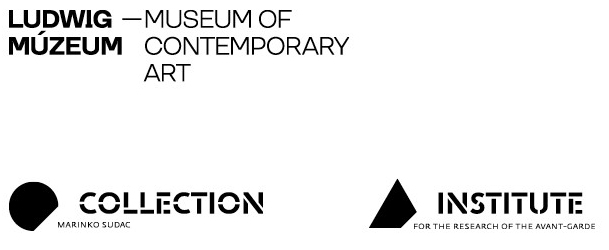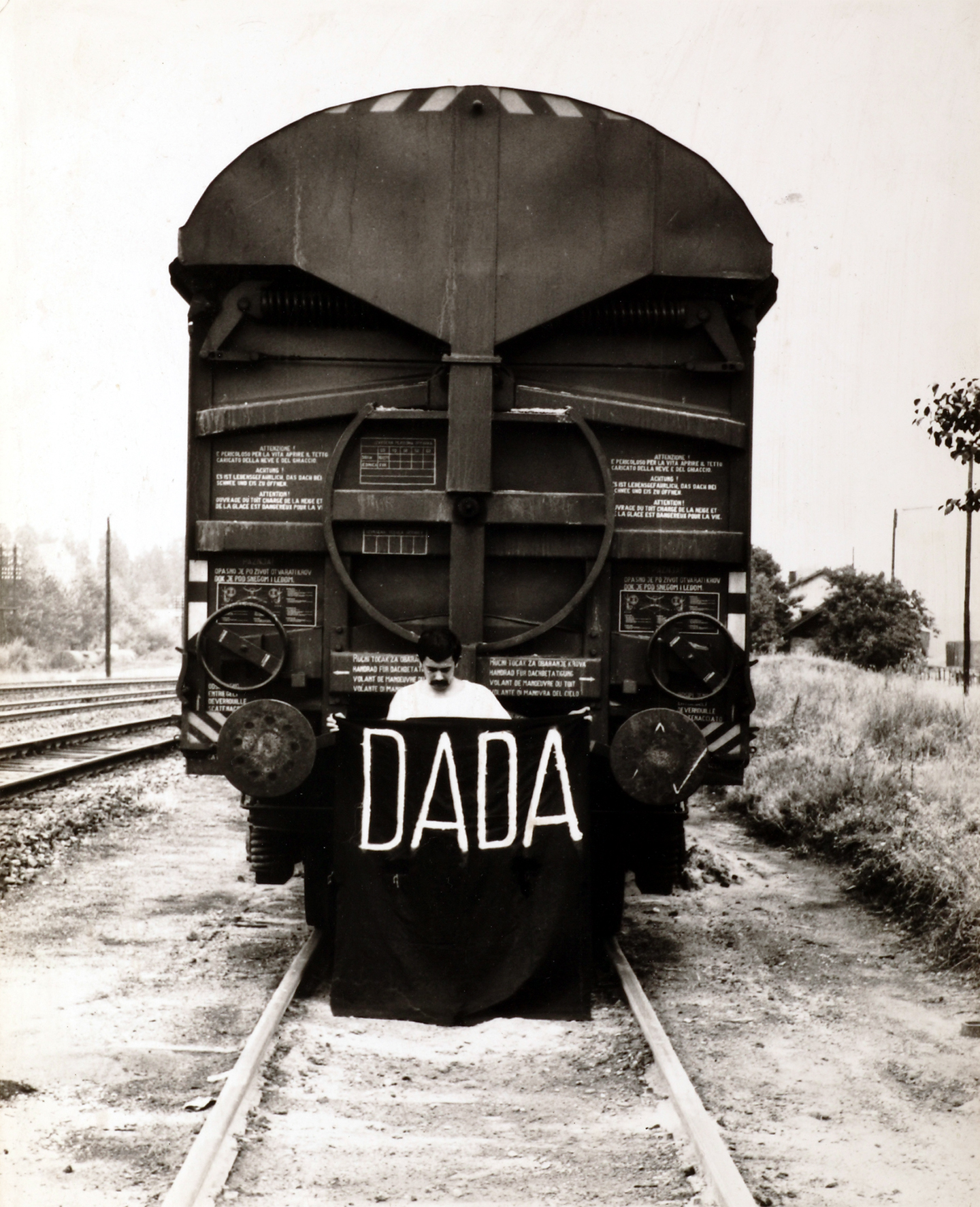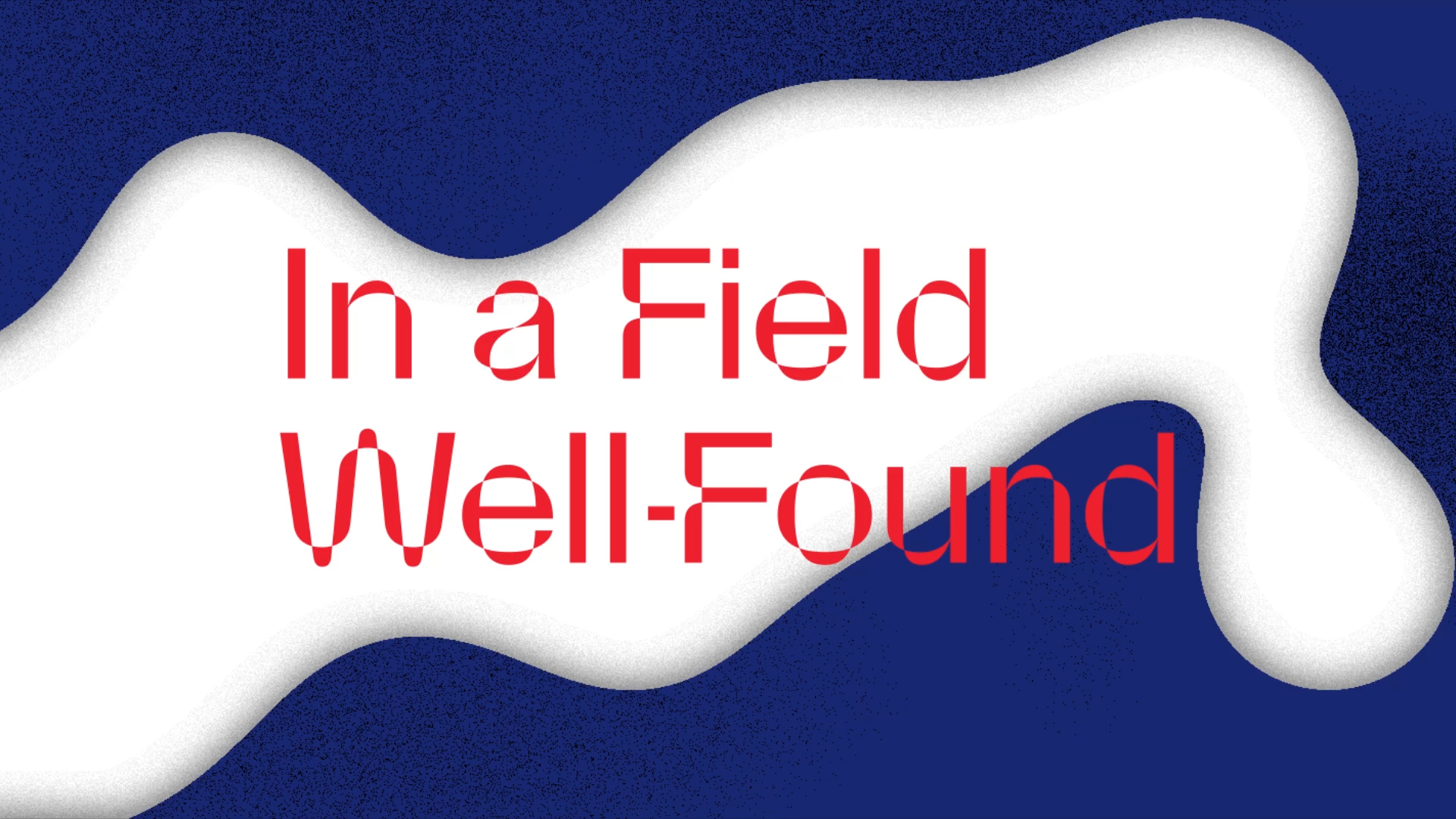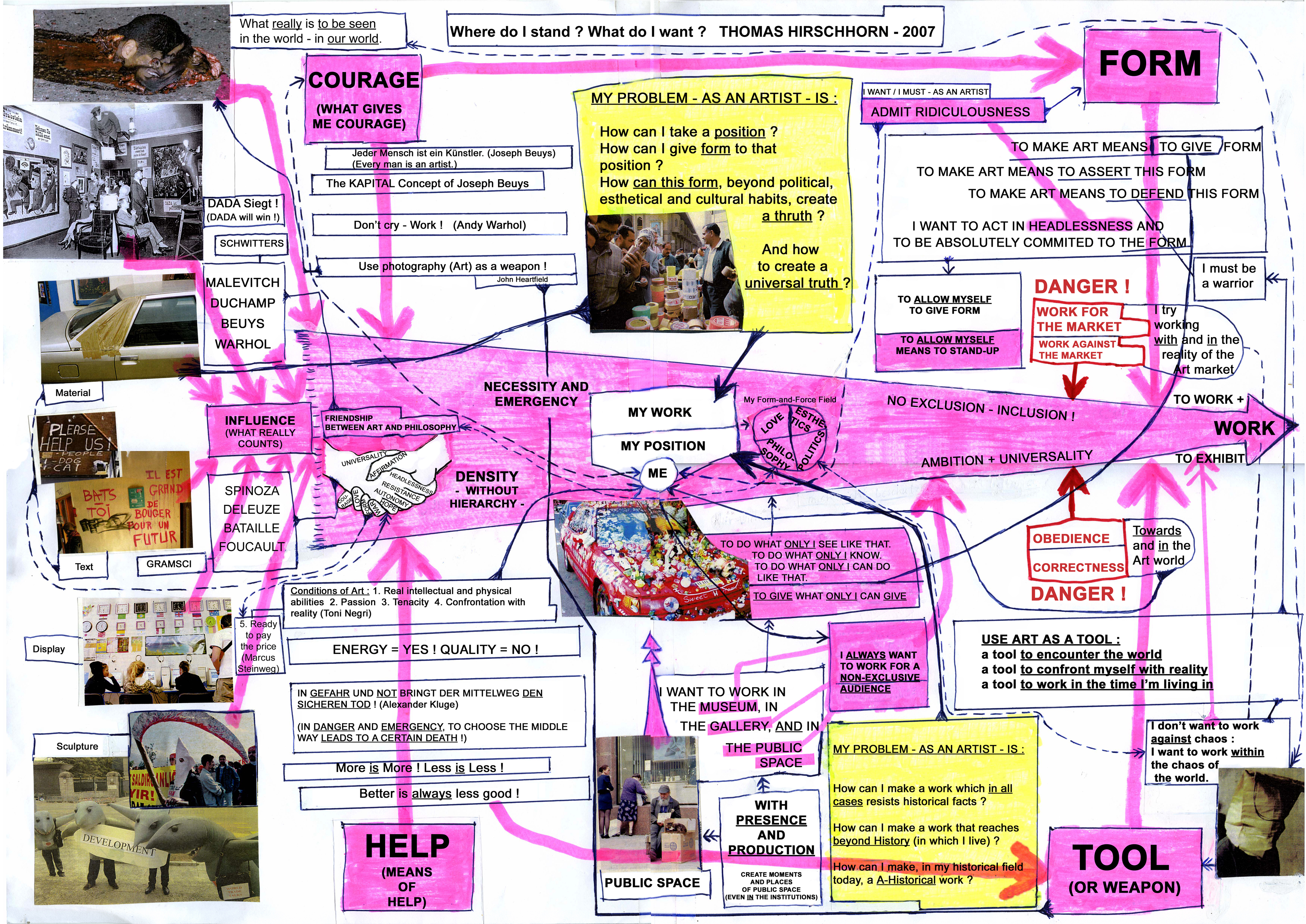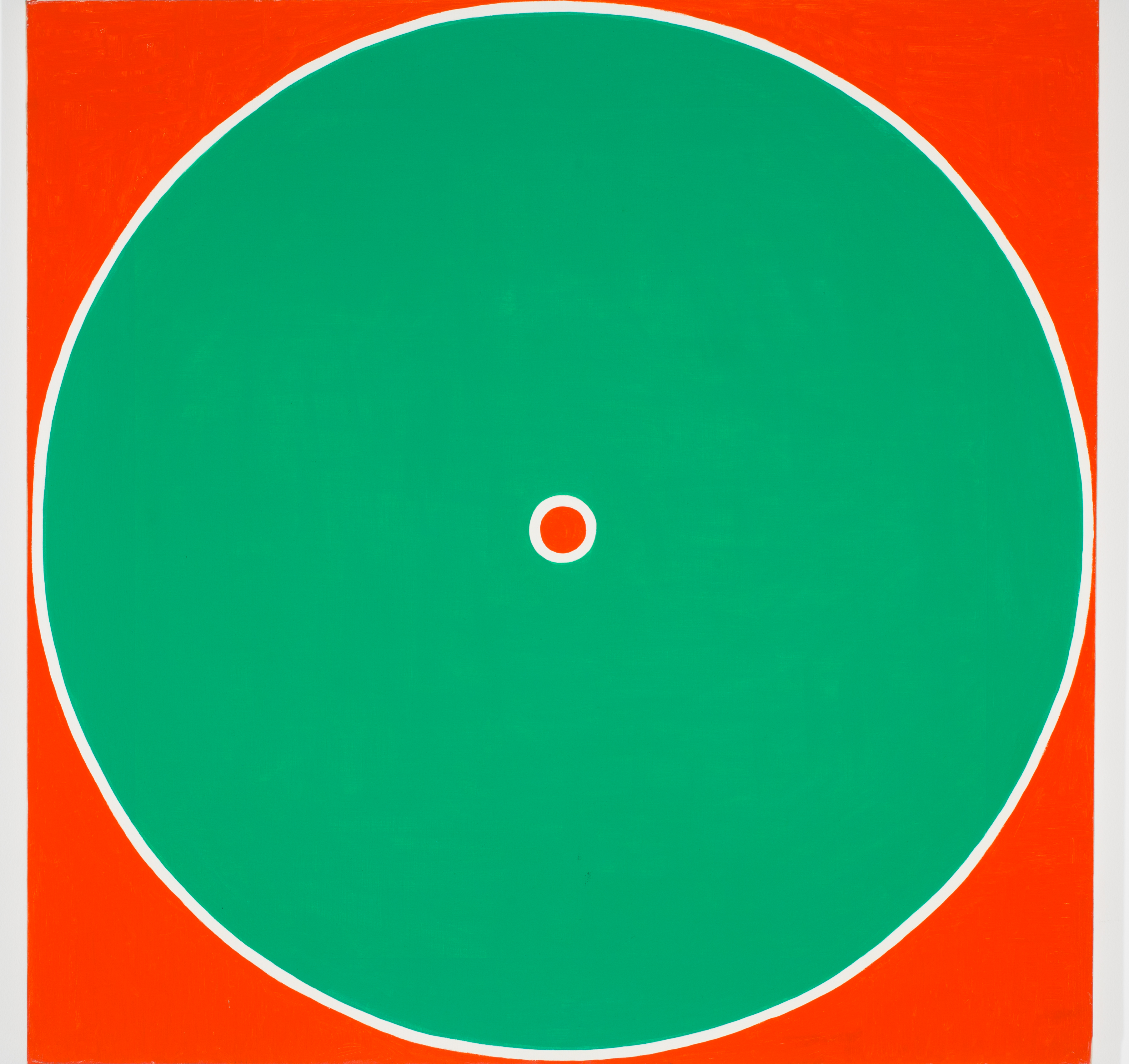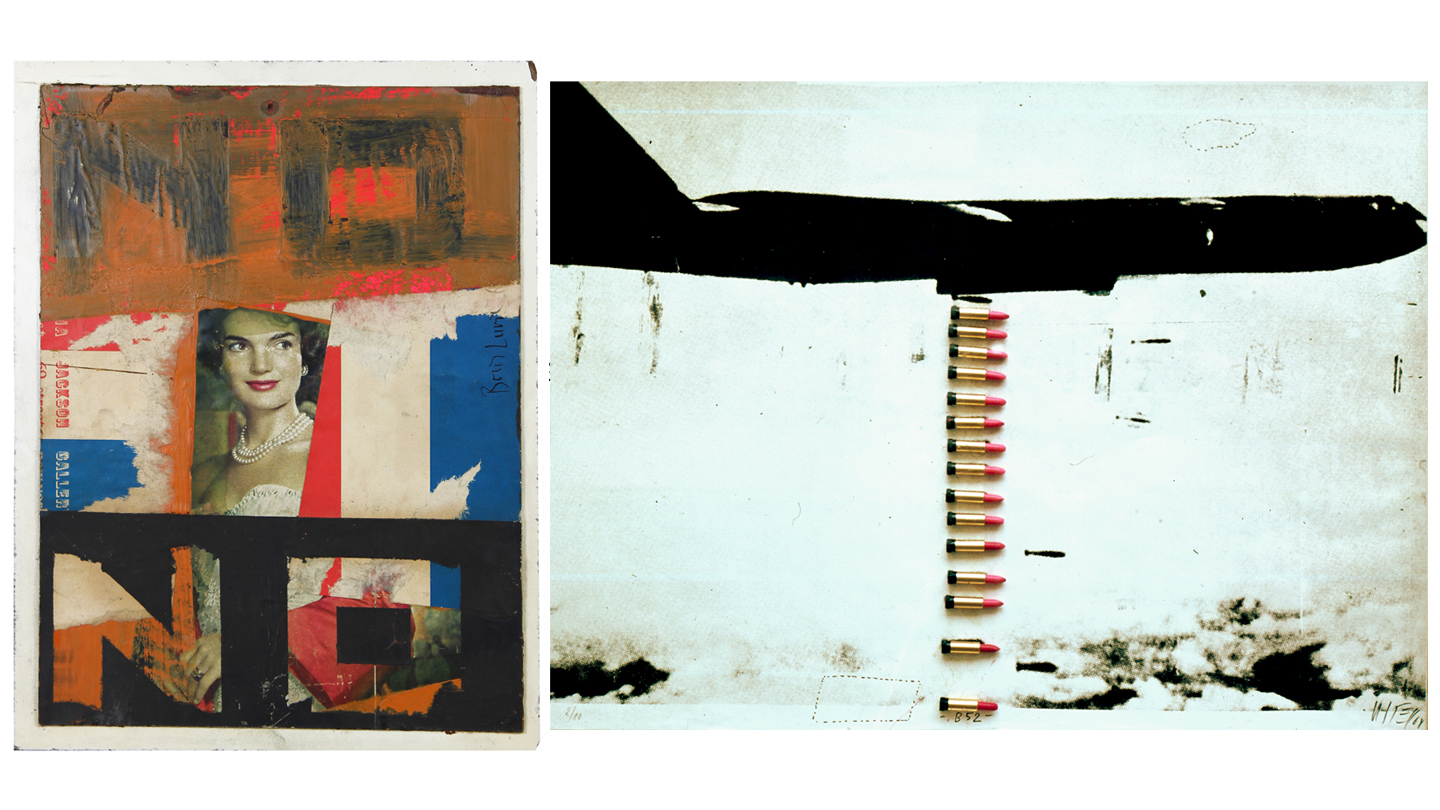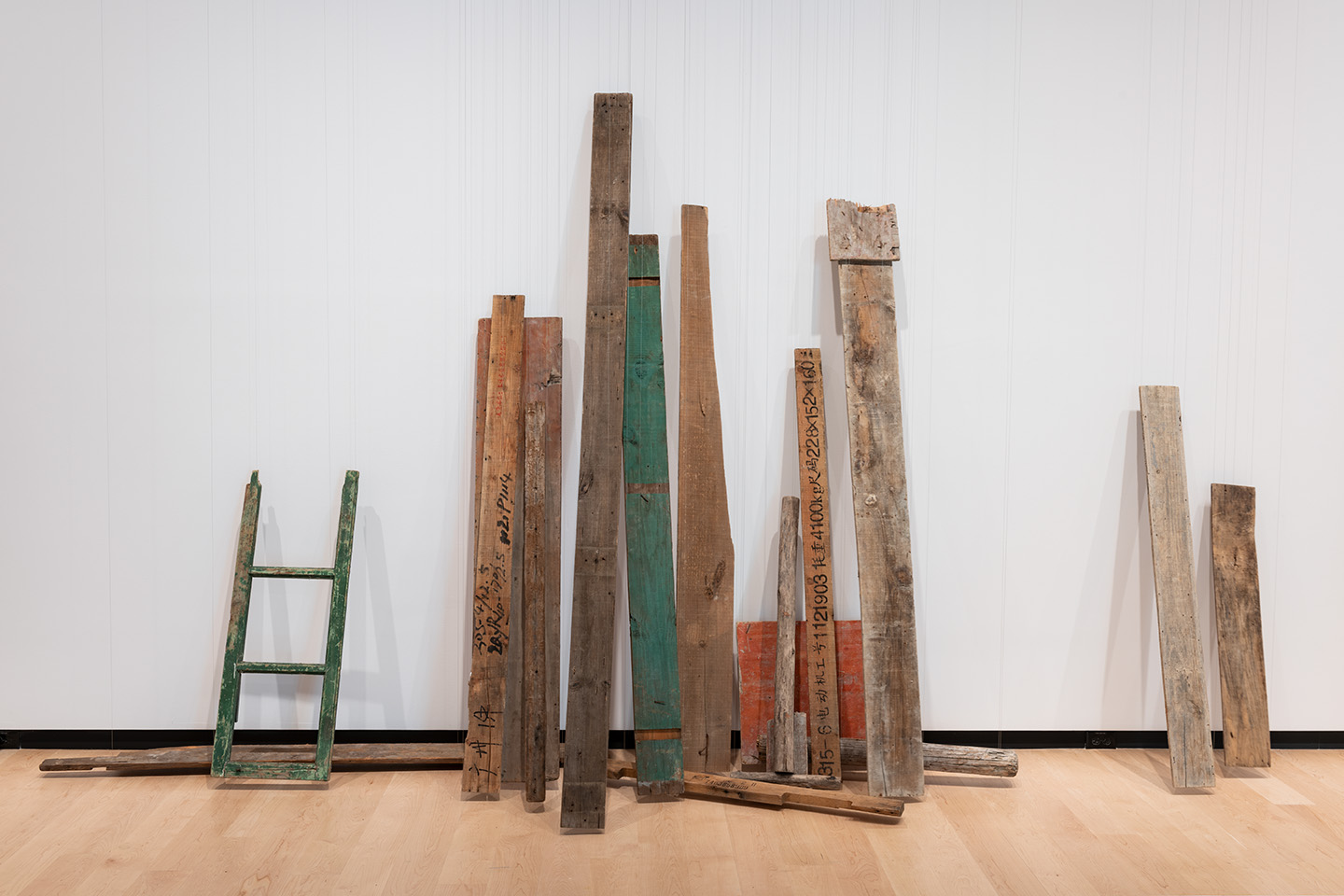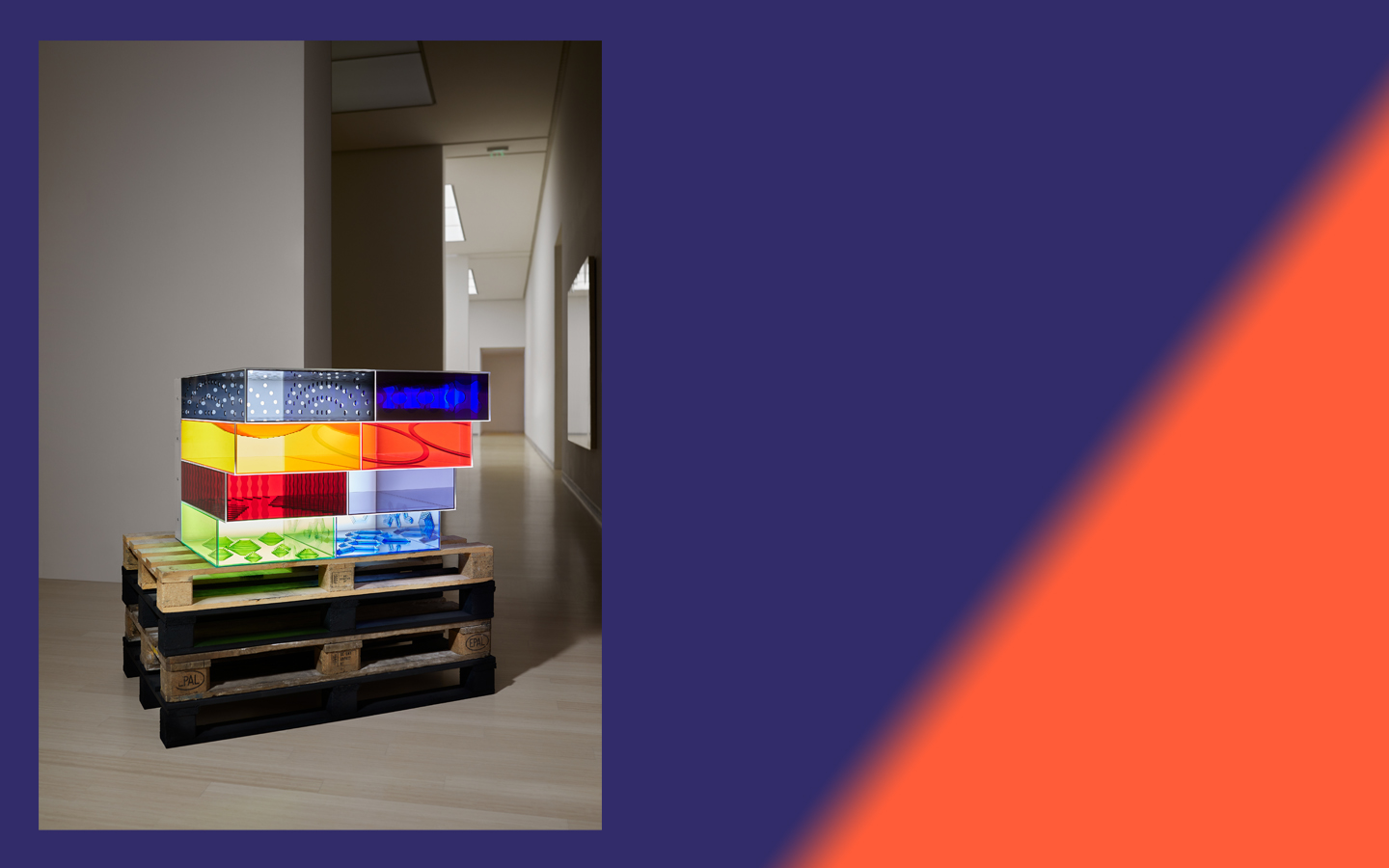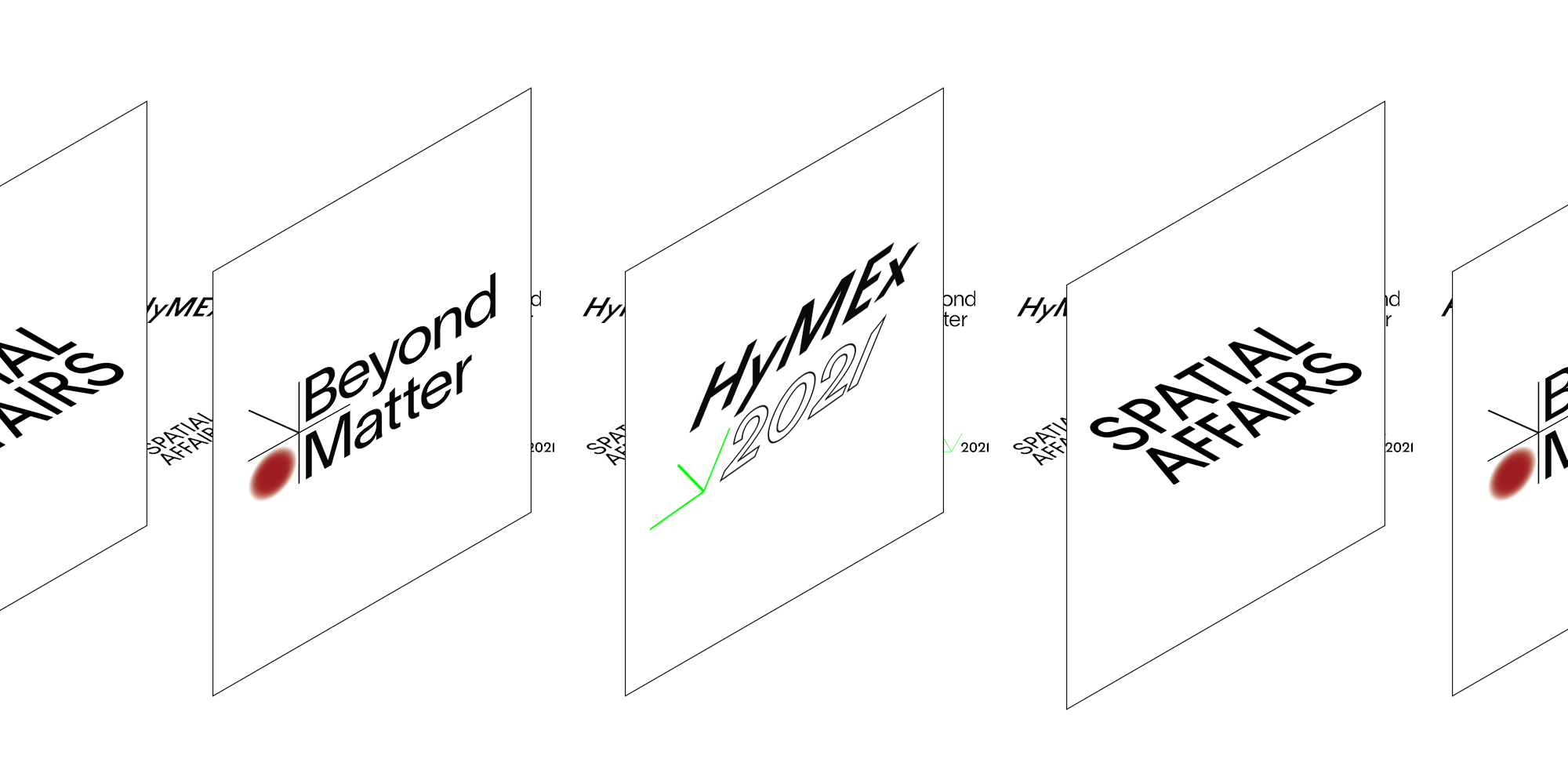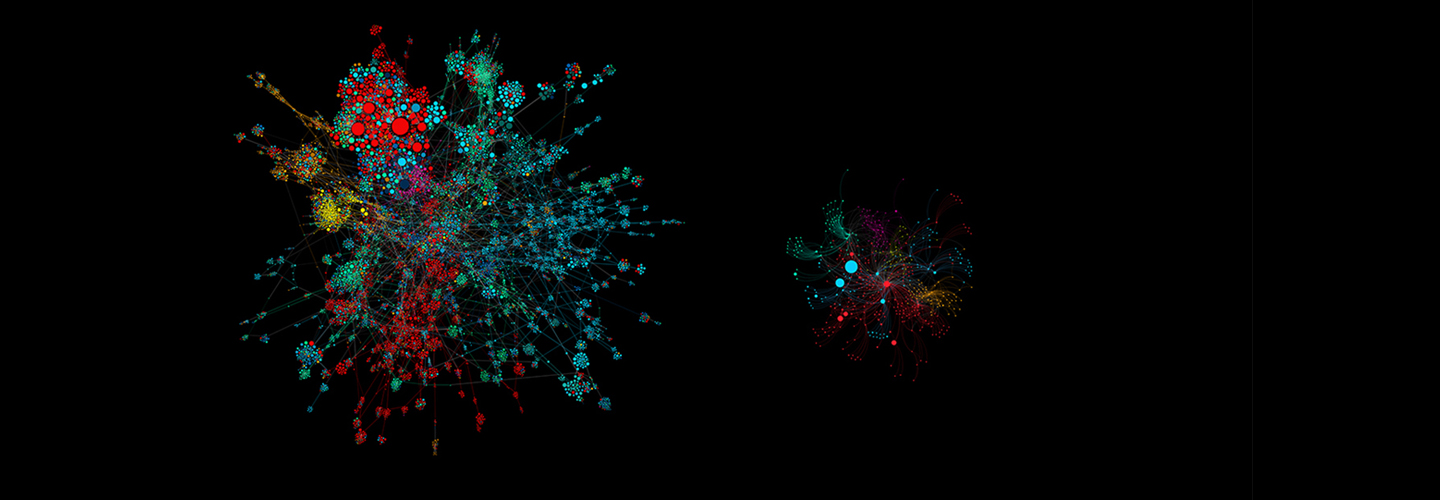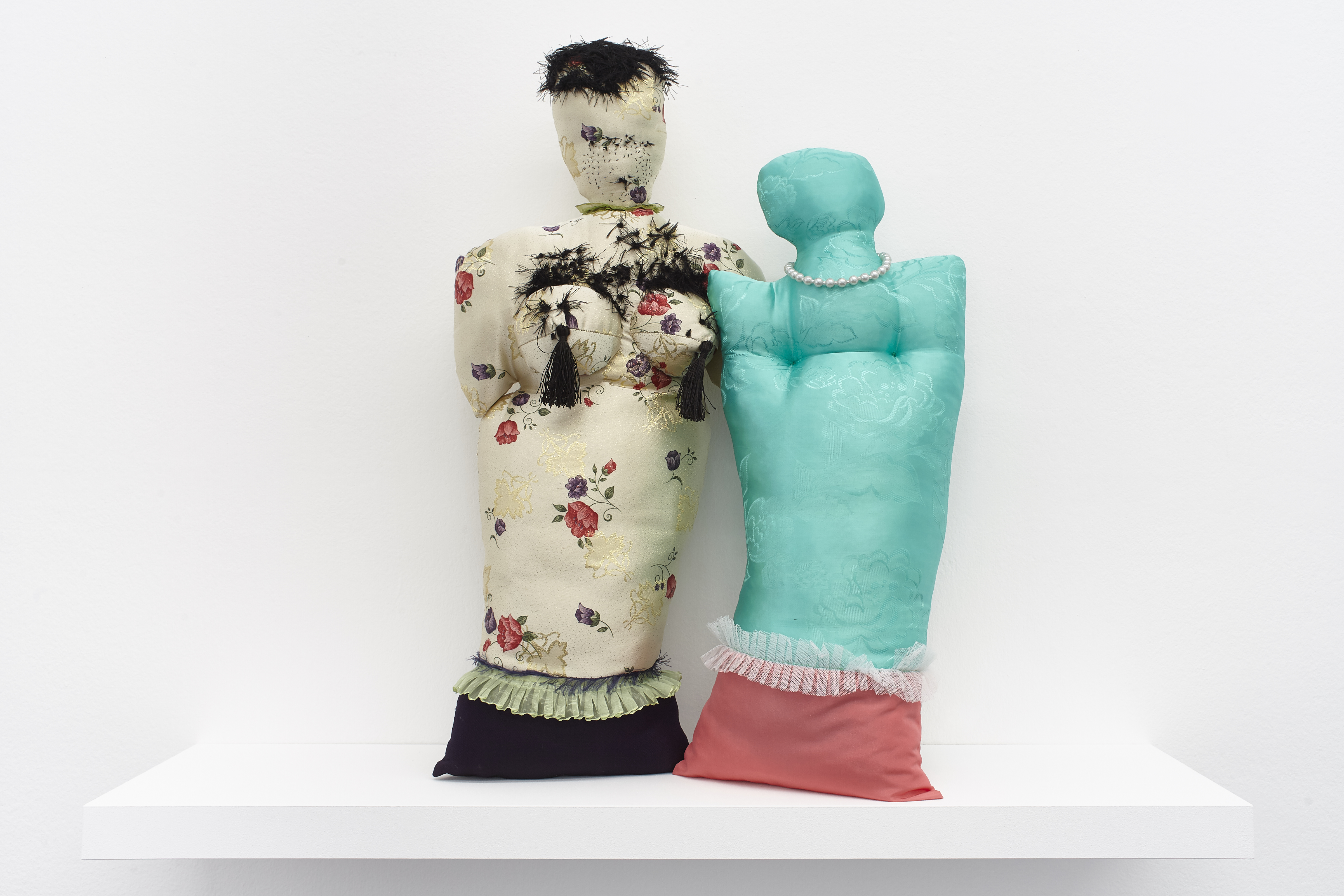September 13–November 17, 2019
Budapest 1095
Hungary
Hours: Tuesday–Sunday 10am–8pm
T +36 1 555 3444
info@ludwigmuseum.hu
The Bosch+Bosch Group of Subotica (1969–1976) was one of those artistic collectives that sprung up across Europe and elsewhere in the world in the 1960s. Most of these were active in music, but quite a few engaged in the visual arts. We now look back on the group on the occasion of its being founded 50 years ago, as the second such collective in Yugoslavia.
There was no firm, unified and clearly laid out principle behind the establishment of the Bosch+Bosch Group; rather, it was a manifestation of a generation’s desire to reconsider the concept of art. As early as 1970, some of the group members already broke with such means of expression that were associated with the traditional understanding of art, and began to explore a territory that seemed exciting on account of its unfamiliarity—a field they called, for want of a better term, new art. For the group, “new” meant a general turn, a rejection of routine and tradition, the provincial stereotypes and values of their surroundings.
Visitors to the Budapest Ludwig Museum can get to know a historical material intriguingly rich in terms of its language and genres, running a wide gamut from artistic interventions in urban and natural environments, through land art, Arte Povera, project art, written and visual poetry, text-based and conceptual art, semiotics, artist’s strip cartoons, sound poetry, behavioural art, action art, performance art, and mail art, to artist’s books.
The Bosch+Bosch Group was active in Subotica, a city on the Hungarian border, occupying a special geopolitical position in Yugoslavia. The group’s character owed much to the cultural identity and bilingualism of the town, which had links with certain cells of Hungary’s progressive art in the 1960s and 1970s. The collective passed on the international values of the early Hungarian avant-garde to the South Slav region, and communicated the latter’s contemporary endeavours to the art scene of Hungary.
Bosch+Bosch was, effectively, a voice for the individual efforts of a few artists, attempting to institutionalize such neo-avant-garde ideologies in the given cultural and artistic milieu that stemmed from the modernist tradition of the 20th century. Two of its member, Katalin Ladik and Bálint Szombathy, went on to become significant artists.
With 500 exhibits, this display seeks to offer a comprehensive overview of the neo-avant-garde movement in Vojvodina, together with a look at similar endeavours in the 1960s and 1970s, as well as local precedents. This is the first time a retrospective has demonstrated the entire range of the group’s extremely complex output.
Exhibiting artists:
Bosch+Bosch Group
Csernik Attila, Kerekes László, Ladik Katalin, Slavko Matković, Szalma László, Szombathy Bálint, Ante Vukov
Kȏd Group
Mirko Radojičić, Slobodan Tišma, Peđa Vranešević, Slavko Bogdanović
Ács József, Vladimir Kopicl, Petrik Pál, Bogdanka Poznanović, Verbumprogram
Curators: Dorotea Fotivec, Szombathy Bálint
Concept: Marinko Sudac
The exhibition is a collaboration between the Institute for the Research of the Avant-Garde, Zagreb, and the Marinko Sudac Collection.
The Marinko Sudac Collection has a clear collecting strategy which is based on the region of Central and Eastern Europe. The collection abides a museum standard of collecting, focusing on the systematic research and promotion of Avant-garde artistic practices which were marginalized, forbidden, and at times completely neglected due to various historical, social, and political circumstances. The works from the collection start in 1909, and they show a continuity spanning from the historical avant-gardes, through Neo avant-garde and the New Artistic Practices—up to the fall of the Berlin Wall in 1989.
The collection contains not only traditional artworks (such as paintings, sculptures, and photographs), but gives equal importance to documentation and archival material. This fact makes it possible to research specific phenomena, artists and the socio-political situation which affected a certain artistic direction. The collection holds over 100,000 units, and it equalizes the documentary, archival, and traditional artistic media.
Press contact:
Gabriella Rothman, rothman.gabriella@ludwigmuseum.hu
